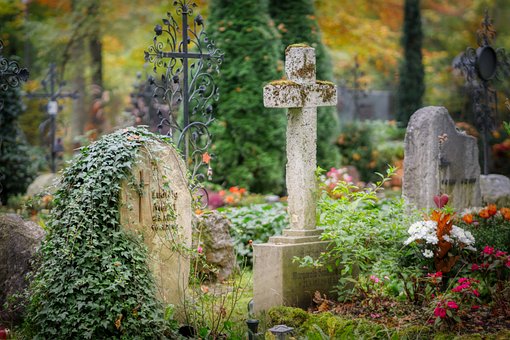
The first part of the process is the death itself, which may occur at home, in a hospital, or elsewhere. The family begins making arrangements for a funeral and burial or entombment as soon as possible.
Funerals are very different depending on whether they occur in churches or cemeteries, but there are common elements. For example, the body must be prepared for viewing by loved ones at an undertaker’s facility, then transported to a church or cemetery; decisions need to be made about the type of service (religious or secular).
Friends and relatives make their way to the location of the service; someone presides over the services; and finally, people return to their homes following final prayers. All of these activities are handled by a funeral director.
What happens at the viewing?
If the deceased is to be buried, this takes place following a viewing. The body may either lie in an open casket or entombment vault for viewing, or it may have been cremated and interred without any service before the funeral.
Sometimes awake (or vigil) occurs after viewing; this is when friends visit with family members during the evening before burial. In some cases, there may be both events—a viewing for family and friends followed by a wake for others who knew the deceased more casually but want to honour his memory. Grave monuments is a great option as well.
While wakes originated as opportunities for people to eat and drink in memory of the deceased, they have evolved to be more of a time for quiet reflection.
Funerals also can include:
- The singing of hymns or spiritual music.
- Speeches about the person who has died and remembrances by close associates and friends.
- A videotape presentation of the person’s life, especially if they weren’t well known in their community.
What is said during the service varies from one place to another and maybe organized around particular themes:
- Praising God for a life lived; praising God instead of mourning death was once common; thanking God for answered prayers.
- Remembering the person who has died with stories, anecdotes, and details about their life.
- Sharing memories of how the person touched other people’s lives.
What happens during burial?
The funeral service usually lasts from 20 minutes to an hour and a half. It begins with a procession—usually in front of the hearse—of family members, pallbearers, clergy, organists and choir members (if any), ushers, musicians (if any), guests of honour such as eulogists and special guests (such as relatives who have travelled far to attend) walking through the cemetery grounds to the place where interment will take place.
Then, the officiant may invite people to come forward for a blessing or some other gesture and invite the family to participate in a ritual such as tossing flowers onto the casket before it is lowered into the ground.
Anyone who wishes to speak briefly can do so; then, there may be another hymn sung. A prayer of committal concludes the service with clergy and audience responding, “Amen.”




